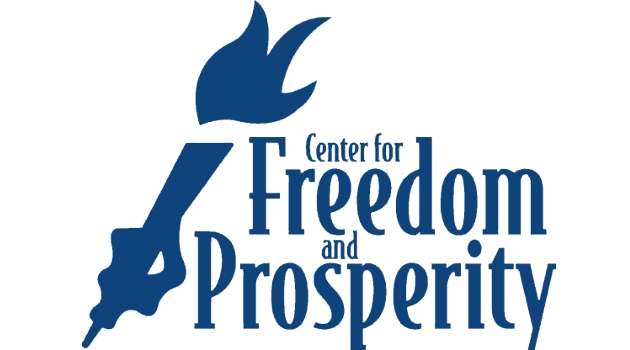The President’s new budget has been unveiled.
There are lots of provisions that deserve detailed attention, but I always look first at the overall trends. Most specifically, I want to see what’s happening with the burden of government spending.
And you probably won’t be surprised to see that Obama isn’t imposing any fiscal restraint. He wants spending to increase more than twice as fast as needed to keep pace with inflation.

What makes these numbers so disappointing is that we learned last month that even a modest bit of spending discipline is all that’s needed to balance the budget.
By the way, you probably won’t be surprised to learn that the President also wants a $651 billion tax hike.
That’s in addition to the big fiscal cliff tax hike from early last and the (thankfully smaller) tax increase in the Ryan-Murray budget that was approved late last year.
P.S. Since we’re talking about government spending, I may as well add some more bad news.
I’ve shared some really outrageous examples of government waste, but here’s a new example that has me foaming at the mouth. Government bureaucrats are flying in luxury and sticking taxpayers with big costs. Here are some of the odious details from the Washington Examiner.
What can $4,367 buy? For one NASA employee, it bought a business-class flight from Frankfurt, Germany, to Vienna, Austria. Coach-class fare for the same flight was $39. The federal government spent millions of dollars on thousands of upgraded flights for employees in 2012 and 2013, paying many times more for business and first-class seats than the same flights would have cost in coach or the government-contracted rate. …Agencies report their premium travel expenses to the General Services Administration each year. These reports were obtained by the Washington Examiner through Freedom of Information Act requests. …The most common reasons across agencies for such “premium” flights in 2012 and 2013 were medical necessities and flights with more than 14 hours of travel time.
By the way, “medical necessities” is an easily exploited loophole. All too often, bureaucrats get notes from their doctors saying that they have bad backs (or something similarly dodgy) and that they require extra seating space.
Probably the same doctors who participate in the disability scam.
But I’m digressing. It’s sometimes hard to focus when there are so many examples of foolish government policy.
Let’s look at more examples of taxpayers getting reamed.
One such flight was a trip from Washington, D.C., to Brussels, Belgium, which cost $6,612 instead of $863. Similar mission-required upgrades included several flights to Kuwait for $6,911 instead of $1,471, a flight from D.C. to Tokyo for $7,234 instead of $1,081 and a trip from D.C. to Paris for $6,037 instead of $477. …NASA employees also racked up a long list of flights that cost 26, 72 and even 112 times the cost of coach fares, according to Examinercalculations. Several space agency employees flew from Oslo, Norway, to Tromso, Norway — a trip that should have cost $65. Instead, each flew business class for $4,668. Another NASA employee flew from Frankfurt, Germany, to Cologne, Germany, for $6,851 instead of $133, a flight that cost almost 52 times more than the coach fare. …One flight from D.C. to Hanoi, Vietnam, for an informational meeting cost $15,529 instead of $1,649, according to the agency’s 2012 report.
Frankfurt to Cologne for $6851?!? Did the trip include caviar and a masseuse? A domestic flight in Norway for $4668? Was the plane made of gold?
I do enough international travel to know that these prices are absurd, even if you somehow think bureaucrats should get business class travel (and they shouldn’t).
And as you might suspect, much of the travel was for wasteful boondoggles.
Department of the Interior employees, for example, flew to such exotic locations as Costa Rica, Denmark, Japan and South Africa in 2012. …The Department of Labor sent employees to places like Vietnam and the Philippines for “informational meetings,” conferences and site visits.
The one sliver of good news is that taxpayers didn’t get ripped off to the same extent last year as they did the previous year.
The agencies spent $5.7 million in 2012, almost double the $3 million they paid for premium travel in 2013.
The moral of the story is that lowering overall budgets – as happened in 2013 – is the only effective way of reducing waste.

